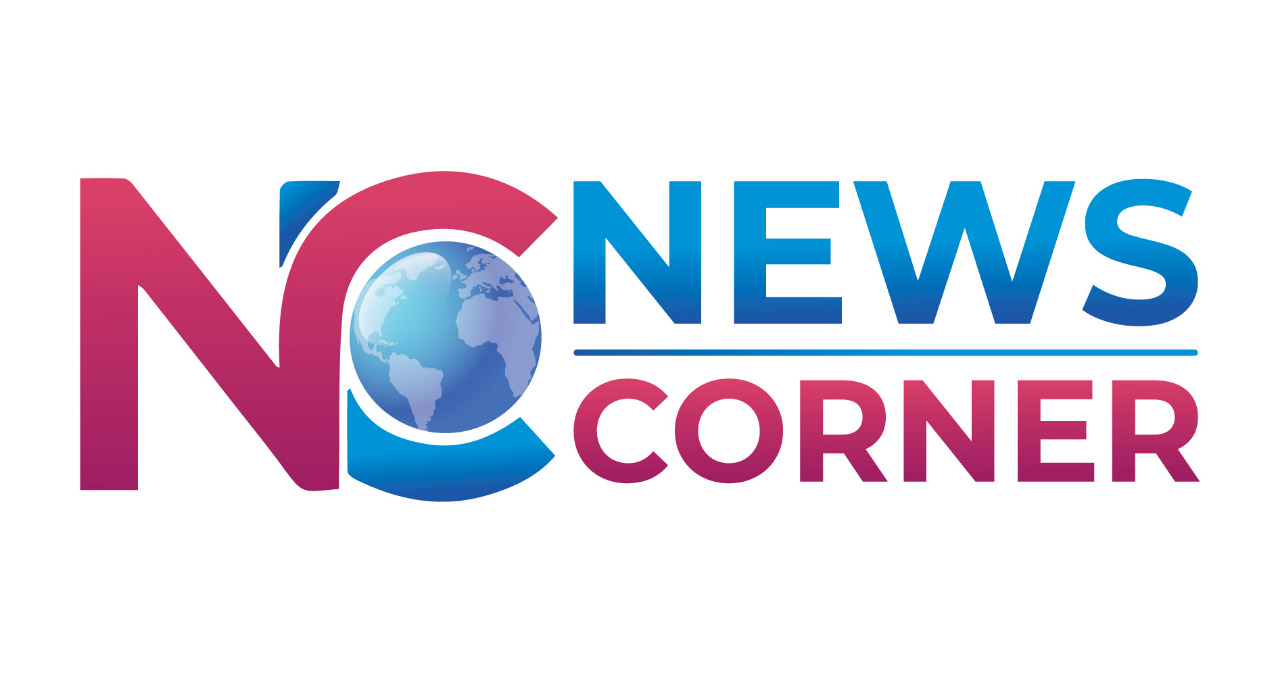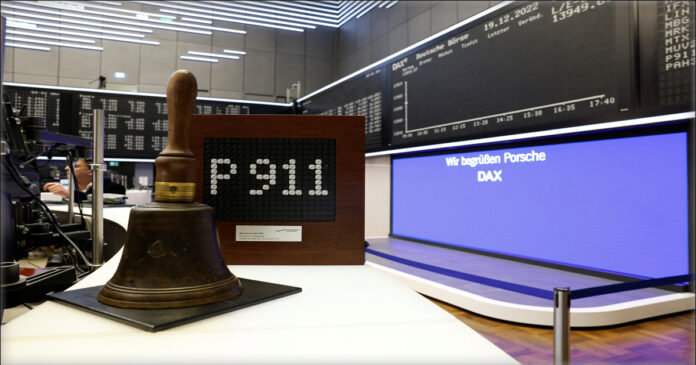Following a difficult year marked by concerns of a recession as central banks raised rates globally and the Russia-Ukraine war, European stock prices increase in the first trading session of 2023 on Monday.
Rate-sensitive technology stocks helped the global STOXX 600 advance 0.5% as of 08:10 GMT.
The energy market increased by 0.8%.
The STOXX 600 saw significant losses at the end of 2022 as a result of forceful policy tightening by central banks to control rising prices, an economic slowdown, the Russia-Ukraine war, which exacerbated inflationary pressures, and mounting worries over COVID cases in China.
The finance minister of Germany predicts that inflation will decrease to 7% this year and then continue to decline through 2024 and beyond, but he also predicts that high energy prices will become the new normal.
According to ECB President Christine Lagarde, salaries in the euro zone are rising more quickly than previously anticipated, and the central bank must stop this from driving up inflation, which is already quite high.
As investors awaited this week’s release of inflation data, Germany’s bond yields decreased from their highest levels in more than a decade.
European stocks decline, posting their worst year since 2018
The benchmark DAX in Germany increased by 0.5%. While other European exchanges had a successful start to the year, the London and Dublin stock exchanges will be closed on New Year’s Day.
The youngest member of the EU, Croatia, ushered in the new year by joining the Schengen border-free area and the euro as its official currency.

